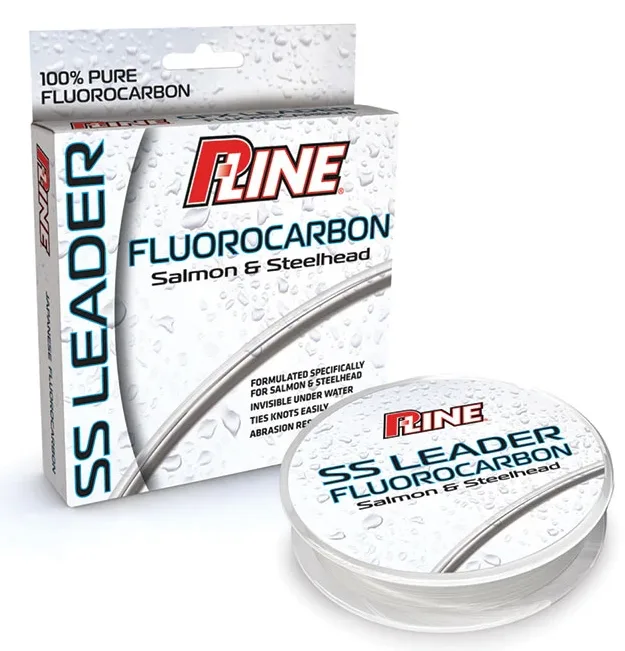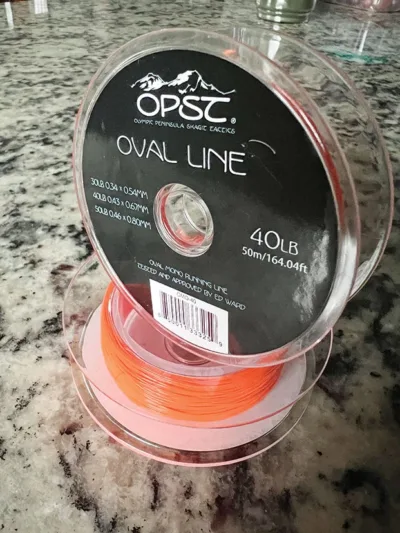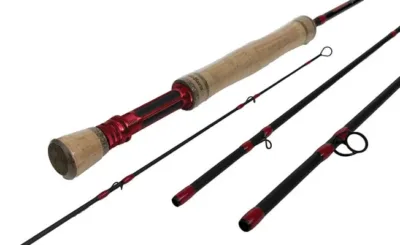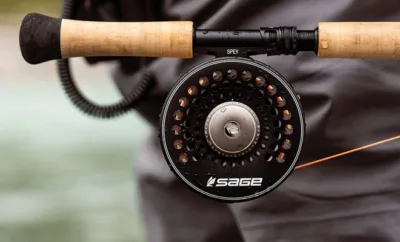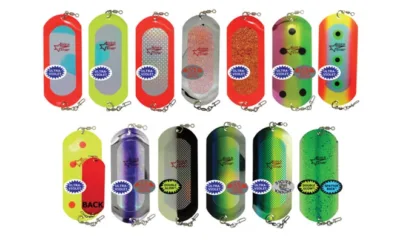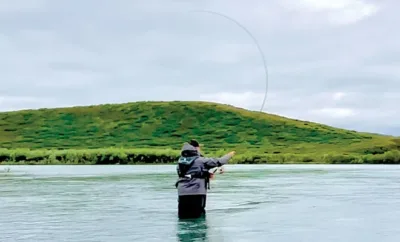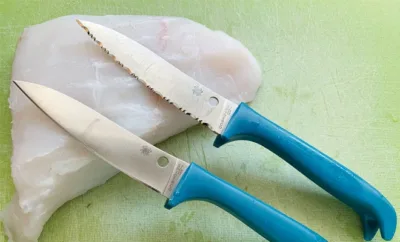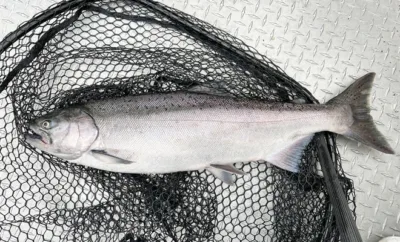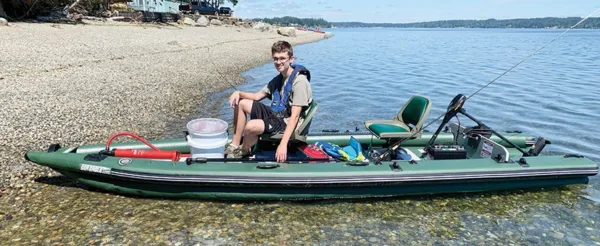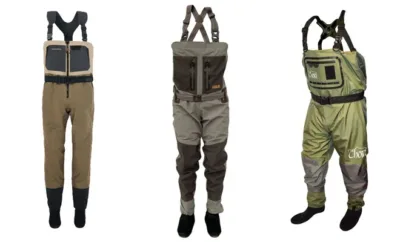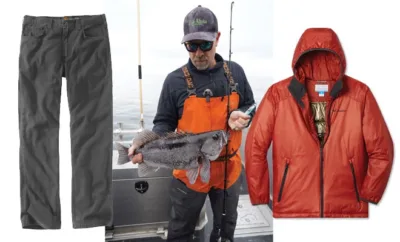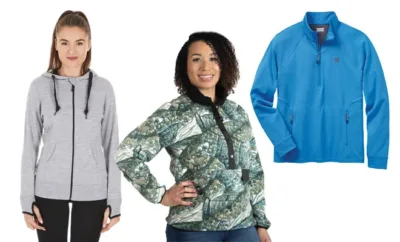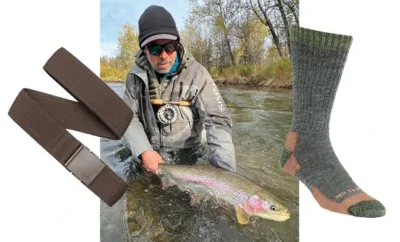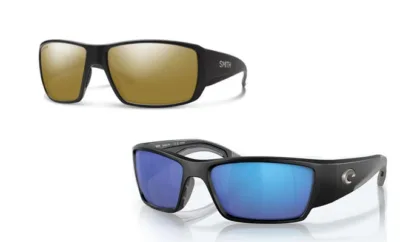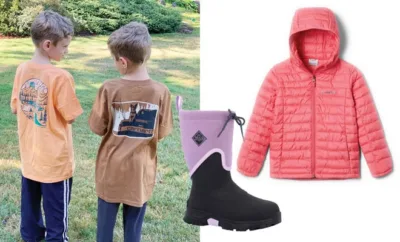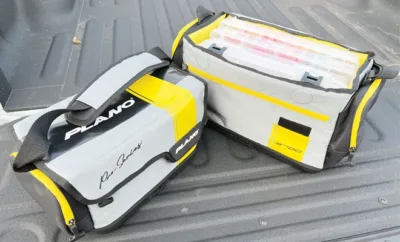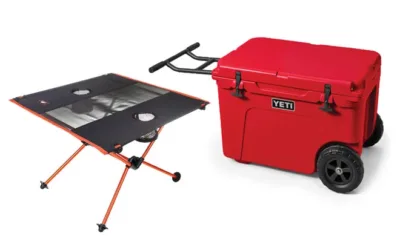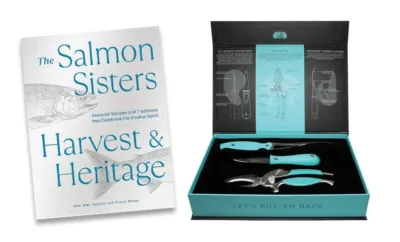Best fishing line for Alaska’s diverse waters is designed to withstand the challenges of catching a variety of fish species in different environments. The Editors’ at Fish Alaska have rigorously tested line and these are our top picks.
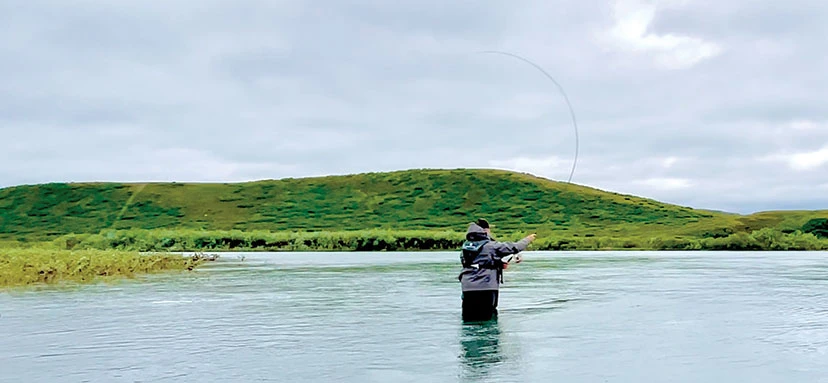
Best Fishing Line
P-Line SS Fluorocarbon Leader
We’ve been using this leader in the 10- and 25-pound-test sizes for the last several years and love it. It’s tough, ties good knots and the fish don’t see it. We’ve almost burned through the 100-yard spools so it’s fair to say we’ve fished it pretty fairly and plan on replacing each spool once they are empty. There are lots of fluorocarbon leader material choices on the market; this is one of our top choices.
RIO Skagit Max GameChanger
There was a time when the average Spey line was a 120-foot-long, floating double-taper. It is likely most spey lines used in Alaska are still floating, but short Skagit heads are the norm, and now, sometimes the head—or at least part of it—sinks. Multi-density Skagit heads are here to stay. One of RIO’s multi-density options is the Skagit Max GameChanger series. We tested the Skagit 650-grain F/H/I and 650-grain F/I/S3/S5. Both allow a given sink-tip to sink deeper, and since these lines cut through the faster surface currents, your swing through the water is slower.
The key with multi-density heads is to get deeper, but not so deep that you’re constantly hanging up. Both lines we tested cast extremely well on a variety of rods, usually while casting 12’ of T-14 sink-tip and big Intruders. Of the two versions we tested, we feel the F/H/I is the more versatile.
Olympic Peninsula Skagit Tactics Oval Line
OPST Oval Line is the company’s latest monofilament running line. Being oval, it has less memory than round running line, making it easier to handle. Editor George Krumm used this running line extensively this summer. OPST claims it resists twisting better than round monofilament running lines. A big proponent of spey swivels, George intentionally tested this running line without a spey swivel for five straight days to see if OPST’s claim of reduced twisting was true.
George experienced no significant line twist during those five days. The oval line also knots very nicely, with good knot strength. George likes it so much, he’s thinking about converting all his reels that have round running line on them to Oval Line. Oval Line is available in 30-, 40-, and 50-pound-test. The color is orange.

